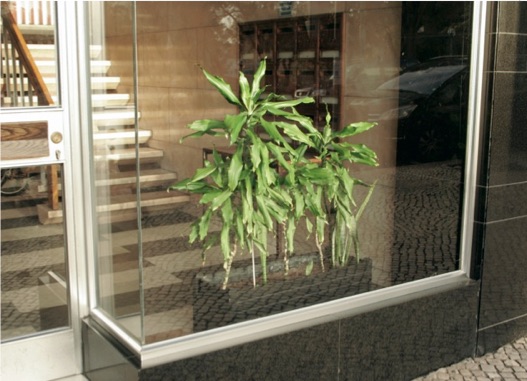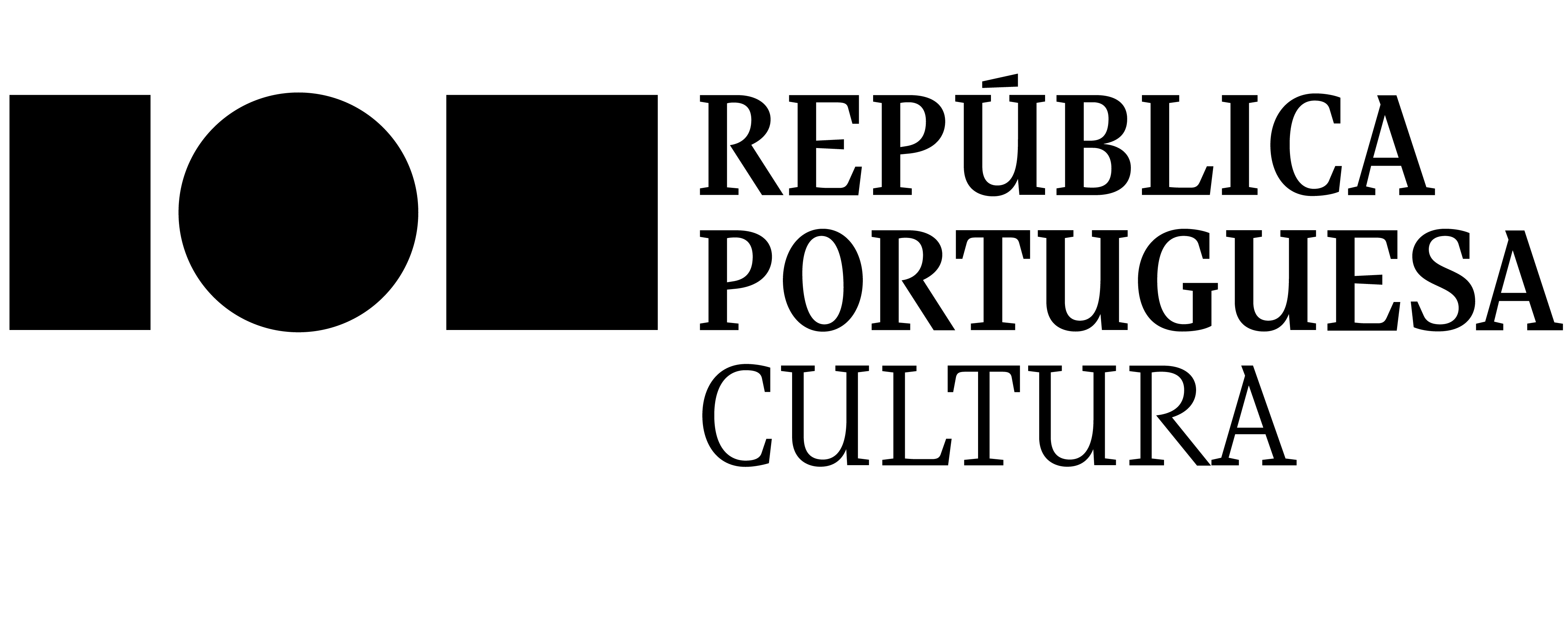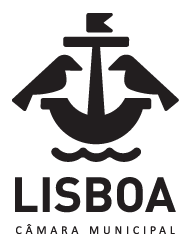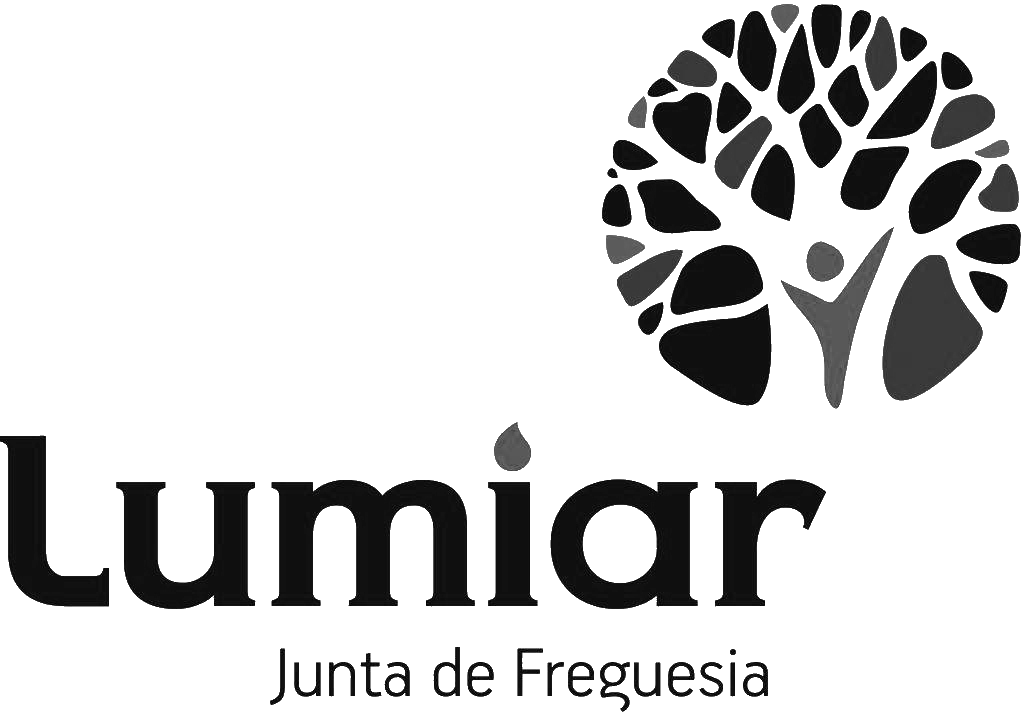
Past exhibition at Lumiar Cité:
LEO WÖRNER
An Opera in the Jungle
20.02-01.04.2010

In his installation An Opera in the Jungle, Leo Wörner (* Frankfurt am Main, 1982) evokes, cross-references, codifies and de-codifies a range of books and films. During his residency at Maumaus in Lisbon, he started research by focusing on the gallery itself and its context in Alta de Lisboa. The building’s large-scale glass façades are in strong contrast with the rough, unfinished inside of the space. The gallery's environment in this new neighbourhood of Lisbon that is still under development, and it still seems to reference the modern utopian promise of a Le Corbusier-style Cité Radieuse – the 'garden city', in which an architecture that seems to hark back to the 1960s ambitiously fosters a dialogue with the lawns and trees decoratively landscaped between the buildings. During his various stays in Lisbon, Wörner interviewed landscape architects working for the Lisbon City Council, visited the City Council glasshouses and the Institute of Agriculture of the Technical University. He also walked with a gardener through the older parts of the city to learn about the history of the use of trees in the urban context of Lisbon.
The gallery's address, Rua Tomaz Del-Negro, also raised the artist's interest. Largely unknown, Thomaz Del-Negro was a composer who was born in 1850 and who died in 1923. His oeuvre covers a wide range of styles, from popular songs via operettas to operas. Del-Negro was active in the period when the opera house project in Manaus in Brazil, the almost absurd Teatro Amazonas, was conceived. This theatre was built in a town in the heart of the Amazon rain forest, which had become so unfathomably rich from rubber production that the builders were able to pave the streets around the Opera with this precious material to prevent performances from being disturbed by the sound of vehicles driving around the building. There are rumours that Del-Negro also visited Manaus, although Wörner’s research has not been able to confirm this. However, while looking for references to Del-Negro and Manaus in antiquarian bookshops in Lisbon, Wörner encountered another book related to the Amazon rainforest, A Selva, written in 1930 by José Maria Ferreira de Castro. The book, considered today to be one of the most important Portuguese novels of the twentieth century, narrates the tough story of a Portuguese immigrant in Brazil and that of the 'seringueiros', the rubber tappers who lived in the 'green hell' of the Amazon Rain forest, travelling between the scattered Hevea brasiliensis trees to tap their sap-like extract, latex, the primary source of natural rubber. The economic precariousness of the tappers, the social tensions, the misery of emigrants and the brutality of forced wage labour are all described in the light of a global rubber market that was at that time already exploitative.1 The book provides an understanding of how projects such as the splendid Teatro Amazonas were fuelled by the wealth of a rubber elite, founded on a highly unfair production system which created astonishing wealth in the hands of only a few.
Having found this book, Werner Herzog’s film Fitzcarraldo (Germany, 1982, 158 mins., colour, English) came to Wörner's mind. The plot of the film is based on the real figure of Fermín Fitzcarrald, a rich rubber baron who used a river steamer to transport natural rubber. The film tells the story of Brian Sweeney Fitzgerald, played by Klaus Kinski, who is obsessed with building an opera house in the jungle. His ultimate dream is to hire Enríco Caruso. With Molly’s, his lover’s, money, Fitzgerald buys an old riverboat to enter the lucrative rubber business.
However, the river between the Amazon and the best areas of Hevea trees was impassable because of rapids. Consequently, Fitzgerald has the idea of sailing the steamer up a parallel river and then carrying the complete ship over a hill to the best rubber area. In both reality and the film the steamer was taken over the unnavigable rapids. Herzog's Fitzgerald then has it preposterously carried in one piece over a hill in the jungle, and he and his companions unexpectedly receive voluntary help from the indigenous people. Unlike his film double, the real Fitzcarraldo ordered the ship to be dismantled, using the forced labour of indigenous people to carry the parts through the jungle, resulting in hundred of deaths.
‘At the end of Werner Herzog's Fitzcarraldo [...] the title character, played by Klaus Kinski, stands on the deck of his decrepit riverboat as the turntable plays the tenor Enríco Caruso singing “O Paradiso”. The scene is meant to invoke civilization's fragile beauty in the face of what the writer José Maria Ferreira de Castro has described as the Amazon's “overpowering sensation of the absolute”. But it's also meant to convey a deep resonance, a harmony, between that enormity and the opera's emotional baroque. Despite the foreign provenance of the aria, the image is inescapably embedded in the Amazon.’2
*
The appearance of Leo Wörner's exhibition changes from day to night. During gallery opening hours, the white cotton curtains, hung in front of the windows by the artist, are open, providing a view from the outside onto a platform or stage, on which 5 trees are arranged. The context of the 'white cube', which is normally evoked by artists exhibiting in the rough space at Lumiar Cité, has made place for what seems like a greenhouse. The trees are not at all installed spectacularly, but in a simple symmetric arrangement on the wooden platform: one in the middle and the other four at the corners. The visitor encounters a sixth tree in the entrance area, a Weeping Fig (Ficus benjamina, native to south and south-east Asia and Australia), a typical houseplant that can be found decorating countless homes across the globe. The trees on the stage in the upper exhibition space are a Cork Oak (Quercus suber, native to south-west Europe and north-west Africa), a Carob Tree (Ceratonia siliqua, native to the Mediterranean region), a Maritime Pine (Pinus pinaster, native to the western Mediterranean region), a Jacaranda (Jacaranda mimosifolia, native to tropical and sub-tropical regions of South and Central America [especially Brazil], Mexico and the Caribbean) and a Cabbage Tree Palm (Livistona australis, native to Australia). Underneath the 'stage', a second reception table, identical to the original one, was installed in the entrance area to the exhibition space. Visitors are invited to take a seat on comfortable chairs and to study the material laid out on the table, read and listen to music. The German and Portuguese editions of A Selva by José Maria Ferreira de Castro, a Portuguese and German tree identification guide, and the novel Einfache Herzen – Portugiesische Tagebücher [Simple Hearts –Portuguese Diaries, published in 1953, which patronised Portuguese culture, written by Rudolf Caltofen, the same author who translated the book A Selva into German, are all there. The table also holds a CD player with popular music to listen to through headphones, composed by Thomaz Del-Negro between 1905 and 1915 for Portuguese cabarets. An ambient sound for the whole gallery is supplied by a ghetto blaster. The artist created a four-hour soundtrack derived from the film Fitzcarraldo, matching the gallery’s daily opening hours, playing excerpts re-arranged by him. Enríco Caruso's O Paradiso and Herzog's orchestrations of jungle sounds evoke past times and far- away places.
At night the architecture of both the gallery and the whole building is highlighted. We notice its aesthetics: a calibrated fragment of a larger project in the residential neighbourhood of Alta de Lisboa, which in future will house 70,000 people in a combination of free-market and social housing, the latter supposedly disguised by the former. It represents an architecture with a failed utopian modern promise of equality under democratic political systems. At night, the curtains in the upper part of the gallery are closed, and the audience, accidentally or consciously passing by the gallery, triggers a spectacle via a sensor. For two minutes, lights behind the curtains switch on and the five trees start to spin on their motorised bases that are discreetly embedded in the stage. A show of moving tree shadows, each shadow in its spin overlapping the other, can be seen by everyone who passes near the gallery in Alta de Lisboa. The local residents, youngsters hanging around on the opposite corner, the middle-class population together with the Romani people, and other groups relocated from the so-called 'informal settlements' (from African immigrants to 'Repatriates' [Retornados]). Whether they want to or not, they all become the audience of the show. By the work becoming an 'obvious' public art project at night, everyone can end up being part of the audience, can be amused or annoyed by the inevitable encounter with art in such a place. One could argue that the spectacle of the Opera of Manaus has been transposed in time and place to the urban jungle of Lisbon.
But the paradox of the architectural concept of the building that houses the Lumiar Cité gallery is also referenced in Wörner's installation, the appearance of which varies so drastically between night and day. The installation inspires a careful consideration of modern architecture per se. With our attention so explicitly directed to the glass façades of the gallery, we are reminded of the exemplary modernism of Case Study Houses. These houses were the result of a post-war experimental architecture programme in the US. They were prototype buildings – mainly erected in Los Angeles between 1946 and 1966 –of a 'less is more' affordable architecture, mostly with large glass façades contrasting with the usual massive walls of the at the time conventional building architecture that separate the inside and outside. The idea of complete glass façades, which originates from modern architecture in general and specifically from these residential prototypes, was thus far only applied to semi-'public' areas of shops in Alta de Lisboa. The gallery, which is public during the day, becomes strangely private at night, as it is no longer accessible. When they are closed, the white curtains cover the full height of the windows and are turned into a screen displaying the shadows of something going on inside. They thereby communicate with all the other covered windows of neighbouring apartments, where families or people on their own live behind their curtains in the dark evenings of the winter, their own shadows involuntarily entering into a dialogue with the show projected onto the curtains of the Lumiar Cité gallery.
In the exhibition An Opera in the Jungle, Wörner links traces of his research in a rhizomatic way. He creates areas of intersection, which generate a birds-eye view on history, from which other histories are derived. He wants to have his installation 'read' as text instead of a work (in turn referencing Roland Barthes), releasing ‘the activity of associations, contiguities, carryings- over [which] coincide with a liberation of symbolic energy’ in the viewers’ mind.3 All components of Wörner's exhibition are understood by the artist to be read under a resolutely anti- hierarchical notion of the production of meaning. Thus the viewer is invited to become the author, the artist is 'only' 'inscribed' in the exhibition ‘like one of his characters’ (José Maria Ferreira de Castro, Werner Herzog, Klaus Kinski, Enrico Caruso, Thomaz Del-Negro, Brain Sweeney Fitzgerald or Fermín Fitzcarrald, Rodolfo Caltofen as author of Simple Hearts - Portuguese Diaries in the exhibition and translator of the 1946 German edition of Selva, written in 1930 by José Maria Ferreira de Castro, or Roberto, the Portuguese immigrant in Brazil and title character in A Selva, etc.), ‘figured in the carpet, not privileged, paternal, etheological’ – in the way that authors of works normally claim truth or are expected by the audience to do so. Wörner's ‘inscription is lucid’. In this sense, the artist's text is ‘experienced only in an activity of production’, which has to be carried out by the viewer. An Opera in the Jungle is a web woven entirely from ‘citations, references, echoes and cultural languages’, a continuous text based on quotations revealing the ambiguity of modernity in its endless quest for distinguishing order from the chaos it so much abhors.
In Wörner's installation in Lumiar Cité, Enrico Caruso heartbreakingly sings O Paradiso in the sound excerpt from Werner Herzog's film, filling the whole gallery during the day. The lost paradise, the lost hope of an El Dorado, appears silently and unspectacularly in Ferreira de Castro's book A Selva. At night, through a shadow theatre of tropical and native Portuguese trees, Wörner creates both poetically and uncannily a symbolic finale to the countless references gathered, on being here and the longing to be elsewhere, on the past to understand the present.
1 The rubber tappers were required to pay their own fares for their travels from cities outside the Amazon area to the Hevea tree areas in the rain forest. They also had to pay rubber barons for any food and equipment they needed. It was common to sell to workers for '50 what is worth 10 and [to] buy the rubber from the tappers for 10 what is worth 50'. The workers ended up in a slave-like dependence, only able to leave after they had paid off all their debts.
2 Fordlandia – The Rise and Fall of Henry Ford's Forgotten Jungle City, by Greg Grandin, Metropolitan Books, New York, 2009, p. 211.
3 ‘From Work to Text’, by Roland Barthes, in Art in Theory – 1900 - 1990, eds. Charles Harrison & Paul Wood, Blackwell Publishers Ltd., Oxford, 1996, p. 940.
Maumaus
Avenida António Augusto de Aguiar, 148 - 3º C
1050-021 Lisboa, Portugal
Monday to Friday, 10h00 to 13h00,
14h30 to 19h00
Tel: + 351 21 352 11 55
maumaus@maumaus.org
Upcoming:
Manthia Diawara
Angela Davis: A World of Greater Freedom
Batoto Yetu Portugal, Caxias
Screening | 15.11.2025 | 14h30
The lecture will be in English. Entry is free and limited to the number of seats available.
Upcoming:
Howard Singerman
Local Art Worlds (or Imaginary Geographies with Real Effects)
Goethe-Institut, Auditorium
Seminar | 24, 25, 26.06. 11h – 13h, 14h – 16h
Registration is free but limited to the number of seats available. Please send an email with a short CV to admin@maumaus.org by 15.06.2025. Confirmation of registration will be sent by email. The seminar will be in English.
Lumiar Cité
Rua Tomás del Negro, 8A
1750-105 Lisboa, Portugal
Wednesday to Sunday, 15h00 to 19h00
or by appointment.
Tel: + 351 21 755 15 70
lumiar.cite@maumaus.org
Current:
Coumba Samba
1100-651 LISBOA
11.10.2025 – 18.01.2026

Maumaus/Lumiar Cité is funded by República Portuguesa – Cultura/Direção-Geral das Artes. With the support of Câmara Municipal de Lisboa and Junta de Freguesia do Lumiar.






